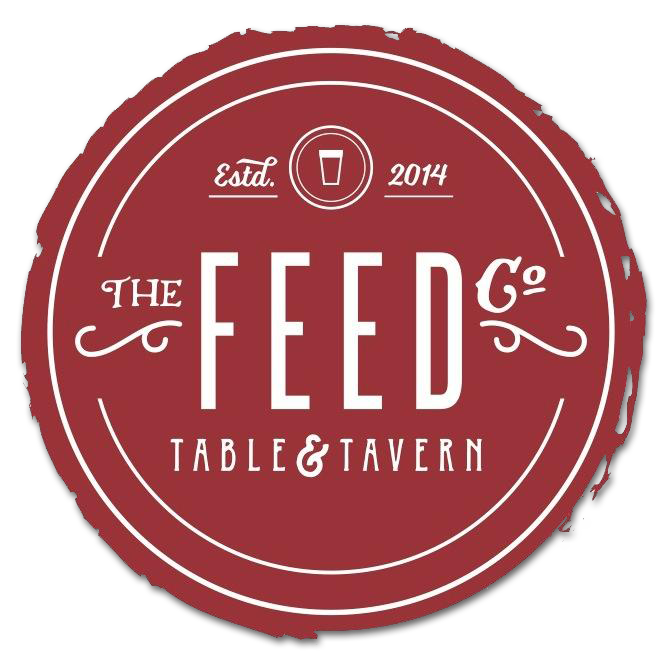Whiskey 101
As Southerners, there is a special place in our hearts (and bars) for whiskey, gravy, fried vegetables and Dolly Parton. Here’s an overview that will leave you swearing you’re a lost descendent of Pappy.
Bourbon
US laws regulate the bourbon manufacturing process and what can ultimately be labeled as bourbon. Regulations state that the mash must be 51 percent corn, be 160 proof or less, aged for a minimum of two years in new white oak charred barrels in the United States. The only additive permitted is water.
Being produced in Kentucky isn’t a requirement, but 95% of bourbons come from the Bluegrass State. The combination of hard water with high pH levels and minerals, rich, fertile soil for growing corn coupled with weather extremes makes the area the bourbon capital of the world.
Tennessee Whiskey
To fall into this category, the corn whiskey must be produced within the Tennessee boarder. A notable difference between distillers in Tennessee and their northern counterparts in Kentucky, is the charcoal filtration process. “The Lincoln County process” or charcoal mellowing, made famous by Jack Daniels and George Dickel Distilleries, utilizes charcoal that has been selected from sugar maple trees through a seasonal burning to filter the whiskey. This form of filtration produces a smoother rich amber whiskey.
Rye Whiskey
Made with 51 percent rye, the spirit has a distinct flavor profile. Made similarly to bourbon, the rye mash contains “sour mash,” aged in new charred oak barrels and distilled to no more than 160 proof. Rich amber in color with notes of vanilla and caramel, rye whiskeys such as Whistle Pig and Bulleit are commonly enjoyed in Old Fashioned cocktails.
Canadian Whisky
Seagrams, Crown Royal, Canadian Club and Canadian Mist are all classified under this distinction. A major separation between Canadian and American whisky is the mash. While the spirit is also made primarily of corn, it also can contain rye. Canadians mash the grains separately and combine they after distilling. The whisky is also aged, for a minimum of three years, in both new and old barrels of various woods.
Scotch
Made in Scotland it must contain malted barley among other grains and bottled at a minimum 40% ABV but must be aged for at least 3 years. Single malt scotches like a Glenfiddich 12 Year or a Lagavulin 16 Year are made by a single distiller, while blended scotches use malts from various distilleries and are combined by a Master Blender.
Irish Whiskey
Indicated by its name, Irish whiskey is manufactured within the country and distilled to no more that 94.8% ABV and wood aged for three years. Historically, the spirit is a blended whiskey, triple distilled through a pot still. Irish whiskey also allows for the addition of enzymes for fermentation and can be aged in a variety of spirit casks and barrels.
Only four distilleries remain in operation in Ireland- New Middleton (Jameson and Tullamore Dew), Cooley, Kilbeggan and Bushmills.
Whether you prefer bourbon to scotch or Tennessee whiskey over rye whiskey, our spirit selection offers a wide variety of favorites along with more select bottles.
